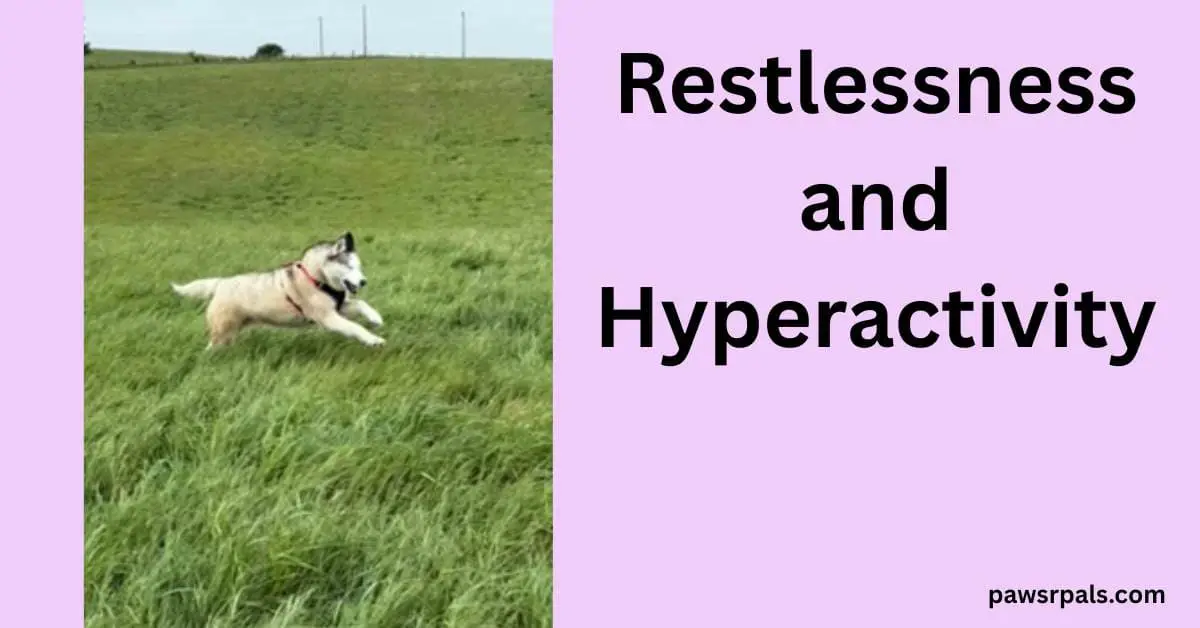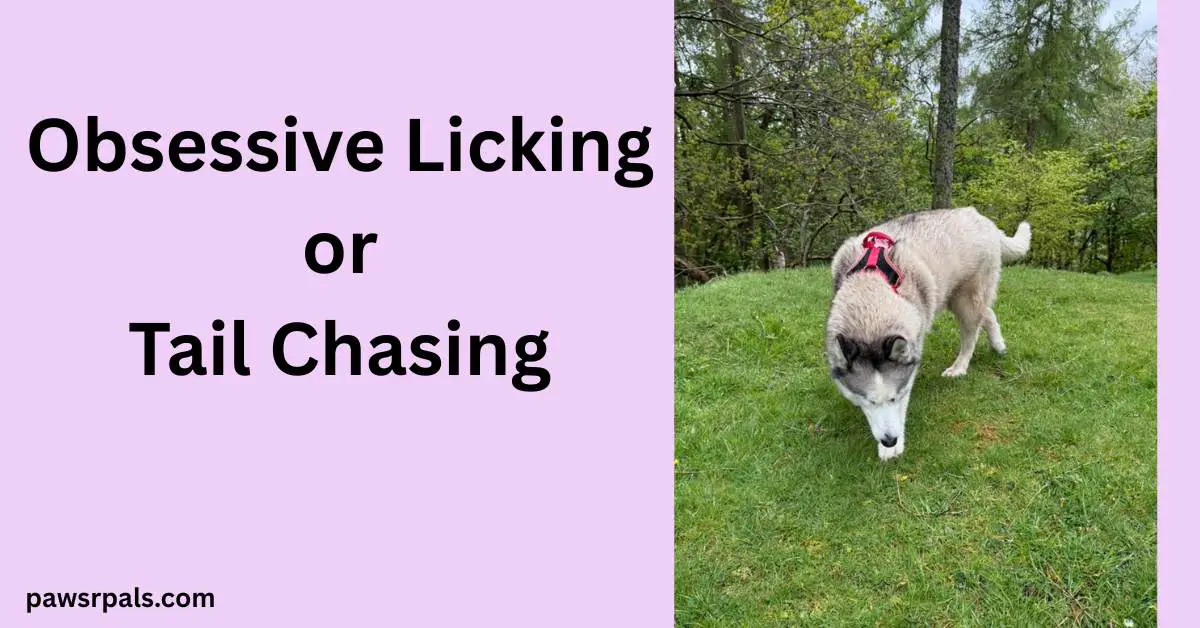Dogs need more than physical exercise to stay happy and healthy—they also need mental stimulation. A bored dog can quickly become destructive, anxious, or restless, leading to unwanted behaviours. Just like humans, dogs thrive when their brains are engaged, and without enough mental challenges, they may develop bad habits as a way to entertain themselves. Here are five signs that your dog needs more mental stimulation and what you can do to help.
1. Destructive Behaviour (Chewing, Digging, and Shredding)

If you come home to find your favourite shoes chewed up, furniture scratched, or the trash can overturned, your dog might be telling you they need more mental engagement. Destructive behaviour is one of the most common signs of boredom in dogs.
Chewing, digging, and shredding are instincts, but when they become excessive, your dog often has excess energy with no proper outlet. While exercise can help, mental stimulation is just as crucial in curbing destructive habits.
Dogs may also chew on furniture, carpets, or paws when they lack enrichment. If your dog frequently targets a specific object, it might be because of its texture or smell. Redirecting their focus onto acceptable chew toys can help prevent damage to your belongings.
How to Help:
- Provide puzzle or treat-dispensing toys that challenge your dog to think and work for their food.
- Give them chew-friendly items like frozen Kongs stuffed with peanut butter or dental chews.
- Rotate their toys regularly to keep things interesting.
- Engage them in scent games, like hiding treats around the house and encouraging them to find them.
- Supervise outdoor time to ensure digging remains in designated areas, like a sandbox.
2. Excessive Barking or Whining

If your dog barks at seemingly nothing, whines constantly, or makes other excessive vocalisations, they might be bored or frustrated. Dogs communicate through barking; if they don’t have enough mental stimulation, they may resort to barking to express themselves.
Some breeds, like Border Collies and Huskies, are naturally more vocal, but if your dog’s barking has increased significantly, it could be a sign that they’re looking for something to do. Dogs left alone for long hours may bark for attention, expressing loneliness and restlessness.
How to Help:
- Give them interactive toys to keep them engaged while you’re busy.
- Teach new commands and tricks to stimulate their mind.
- Consider clicker training, which reinforces positive behaviours and keeps their brain engaged.
- If barking occurs when they’re alone, leave a radio or TV on for background noise to provide a sense of company.
- Introduce “quiet” commands using positive reinforcement techniques to manage excessive barking.
3. Restlessness and Hyperactivity

A dog that paces around the house, jumps on the furniture, or constantly seeks attention may lack mental stimulation. While physical exercise helps burn off energy, it doesn’t always satisfy a dog’s need for cognitive challenges.
Hyperactive dogs often need structured activities that engage both their body and mind. They may become difficult to manage without this, especially in younger dogs or high-energy breeds.
Restlessness can manifest as a dog struggling to settle down at night, becoming overly excited during routine activities, or constantly seeking stimulation. If your dog seems unable to relax, it may indicate a need for more mental challenges.
How to Help:
- Introduce obedience training or agility courses to engage their brain.
- Set up an indoor obstacle course with pillows, boxes, and tunnels.
- Play hide-and-seek by hiding treats or their favourite toy for them to find.
- Try scent-training games, teaching them to track different objects.
- Offer short but focused mental exercises, like teaching them to balance treats on their nose before allowing them to eat.
4. Attention-seeking behaviour (Jumping, Pawing, or Nudging)
If your dog constantly demands attention by pawing at you, nudging your hand, or jumping up, they might seek more interaction and engagement. While dogs naturally crave companionship, excessive attention-seeking behaviour often stems from boredom.
Dogs that are mentally understimulated will resort to whatever gets a reaction—even if that means annoying their guardian. This behaviour can escalate if not addressed, making it difficult to focus on daily tasks without interruptions.
A dog that becomes pushy for attention might be looking for mental engagement rather than just affection. Over time, excessive attention-seeking can develop into separation anxiety if their needs are not met consistently.
How to Help:
- Schedule dedicated play and training sessions throughout the day.
- Give them structured tasks like learning new tricks or retrieving specific items.
- Use food-dispensing toys to encourage independent play.
- Set up a treat treasure hunt around the house to keep them occupied.
- Reward calm, patient behaviour.
5. Obsessive Licking or Tail Chasing

Some dogs develop compulsive behaviours, such as licking their paws excessively, spinning in circles, or chasing their tail. While these actions can sometimes indicate medical issues, they can also be signs of boredom or stress.
Dogs that aren’t mentally stimulated enough may turn to repetitive behaviours as self-soothing. Over time, these habits can develop into obsessive-compulsive behaviours, which are harder to break.
Tail chasing may start as a playful habit, but it could indicate a lack of mental enrichment if it becomes excessive. Similarly, dogs that lick themselves constantly may be seeking sensory stimulation in the absence of engaging activities.
How to Help:
- Provide enrichment activities, such as puzzle feeders or treat balls.
- Engage in interactive training sessions that encourage problem-solving.
- Offer new experiences, like car rides, visits to new places, or meeting new dogs.
- Introduce calming activities, such as gentle massage or dog yoga.
- If compulsive behaviours persist, consult a veterinarian or behaviourist to rule out anxiety-related disorders.
Keeping Your Dog’s Mind Active
Mental stimulation is as essential as physical exercise in keeping your dog happy and well-behaved. If you notice signs of boredom or frustration, implementing enrichment activities can make a difference.
Dogs that receive adequate mental stimulation are less likely to develop destructive behaviours, anxiety, or hyperactivity. By providing puzzle toys, structured training, and interactive games, you can help prevent behavioural problems while strengthening your bond with your dog.

Leave a Reply